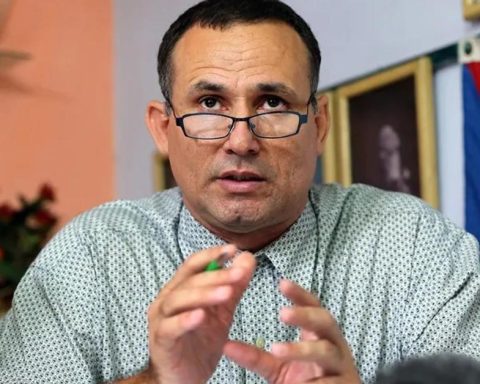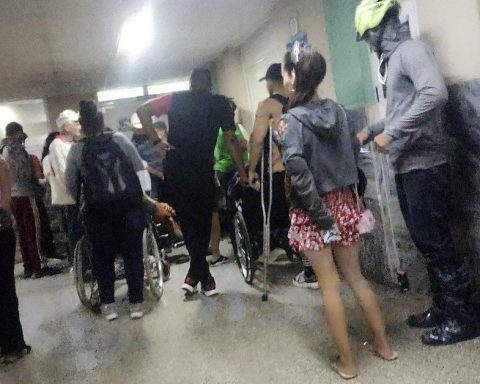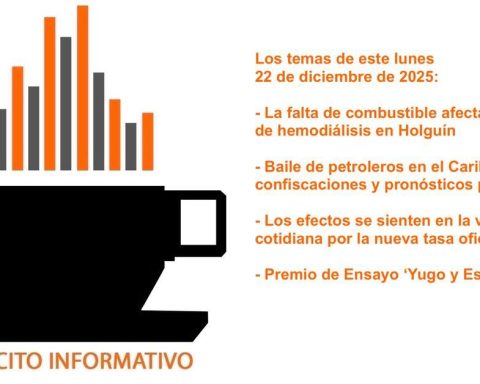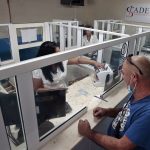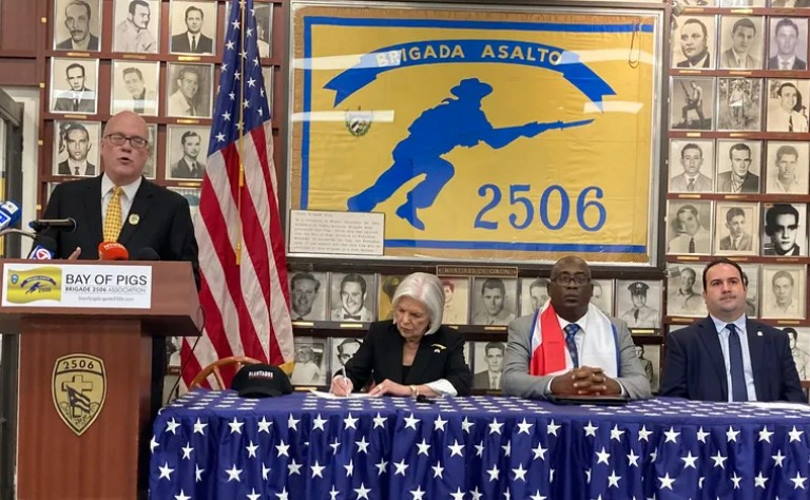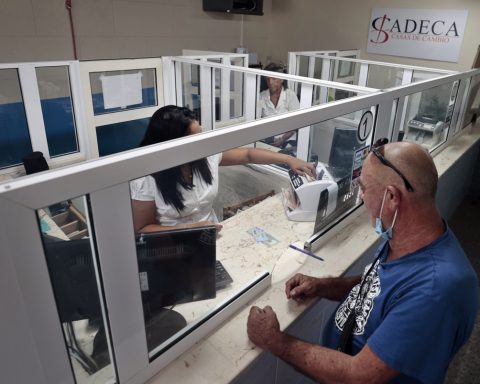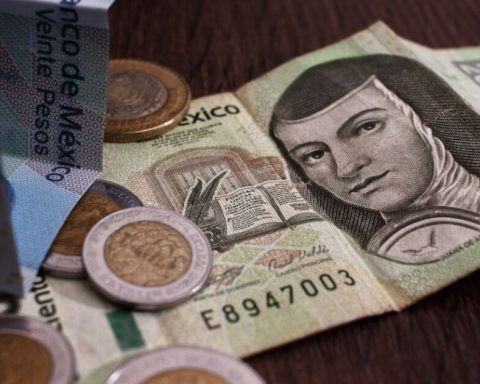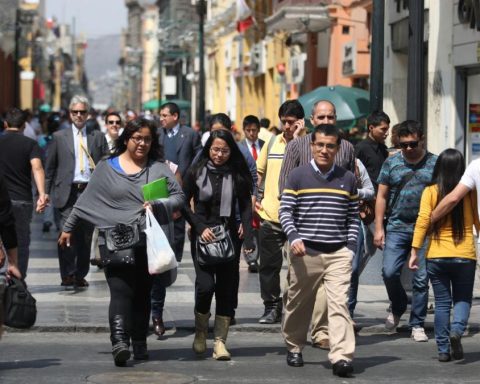Fashion designer Raúl Castillo Jiménez died this Monday in Havana at the age of 64. “He suffered a lot, now he must rest in peace,” presenter Rolando Zaldívar, a friend of the deceased, wrote on his Facebook profile, alluding to the illness, misery and government abandonment that Castillo suffered in his last years of life.
It was Zaldívar himself who, last year, called a solidarity campaign with the dressmaker, who was in a precarious economic situation. “This is an urgent message for the government of Miguel Díaz-Canel,” he declared, “let’s help with whatever we can.” The publication included a photograph of Castillo, unrecognizable and in a wheelchair, whose leg had already been amputated due to his chronic diabetes.
Alarmed by the media disclosure of Castillo’s state, the official Caricatos agency issued a statement arguing that artists in Cuba were protected by “job and wage protection measures” and that Castillo “was no exception.” “Even,” she continued, “because of his health conditions, she is currently in the process of taking steps to retire early.”
The dressmaker’s presence was common in well-known spaces on Cuban television, where he presented his designs and offered his opinions on style and clothing.
The agency added that the designer’s illness had become an argument for informative “manipulation”, and that “his family has expressed its total disagreement with the statements made in these media”, another “farce to discredit the role of cultural institutions Cubans”.
Castillo was born in Marianao, in 1958, and from a very young age began to draw dress designs for her cousins, as a game. In 1981 she began working at the Havana Youth Clothing Company and, at 24, founded Avances, a fashion group whose collections she presented in hotels and facilities on the island and abroad, particularly in France.
He was the costume designer for the films upright love (1997), by Arturo Sotto, and Amanda’s Prophecies (1999), by Aaron and Pastor Vega. The cinema, according to Castillo, was a way to guarantee “the permanence in the town” of the artist.
The couturier’s presence was common in well-known spaces on Cuban television, where he presented his designs and offered his opinions on style and clothing. He was also a regular collaborator with the Union of Young Communists and various state companies.
Despite his history of attachment to the regime, he died forgotten and far from official spaces. The Cuban Information System dedicated to him, this Monday, a hasty note of condolences on television.
________________________
Collaborate with our work:
The team of 14ymedio is committed to doing serious journalism that reflects the reality of deep Cuba. Thank you for joining us on this long road. We invite you to continue supporting us, but this time becoming a member of our newspaper. Together we can continue transforming journalism in Cuba.


